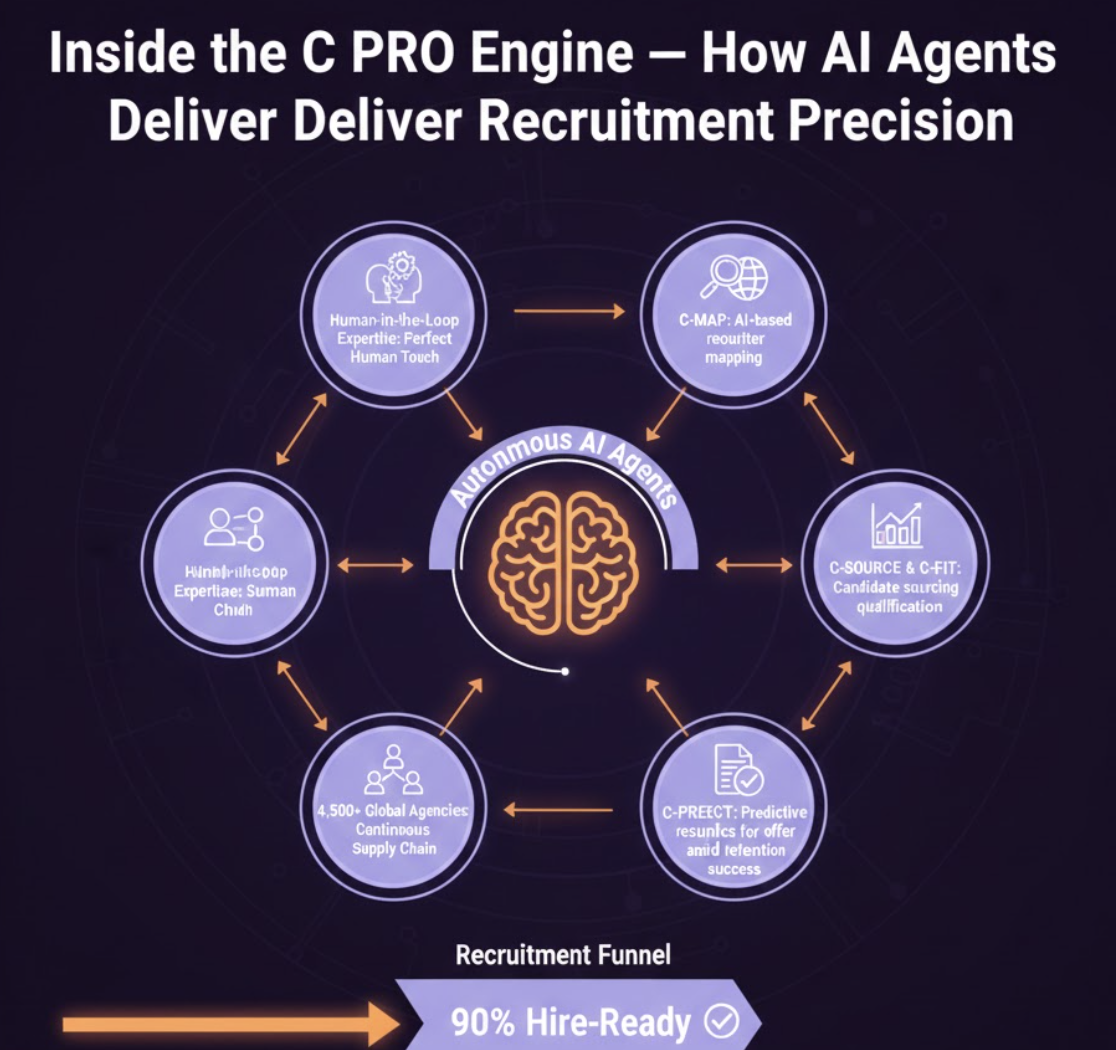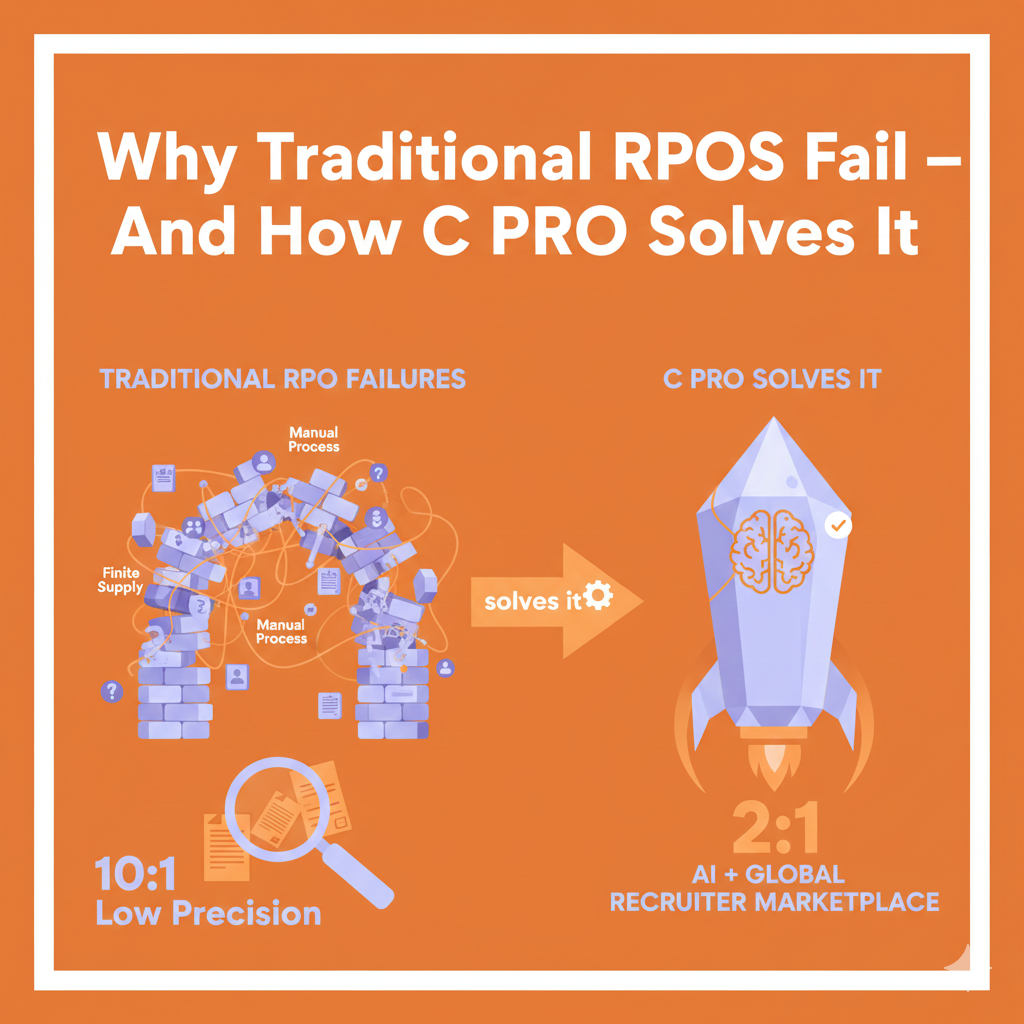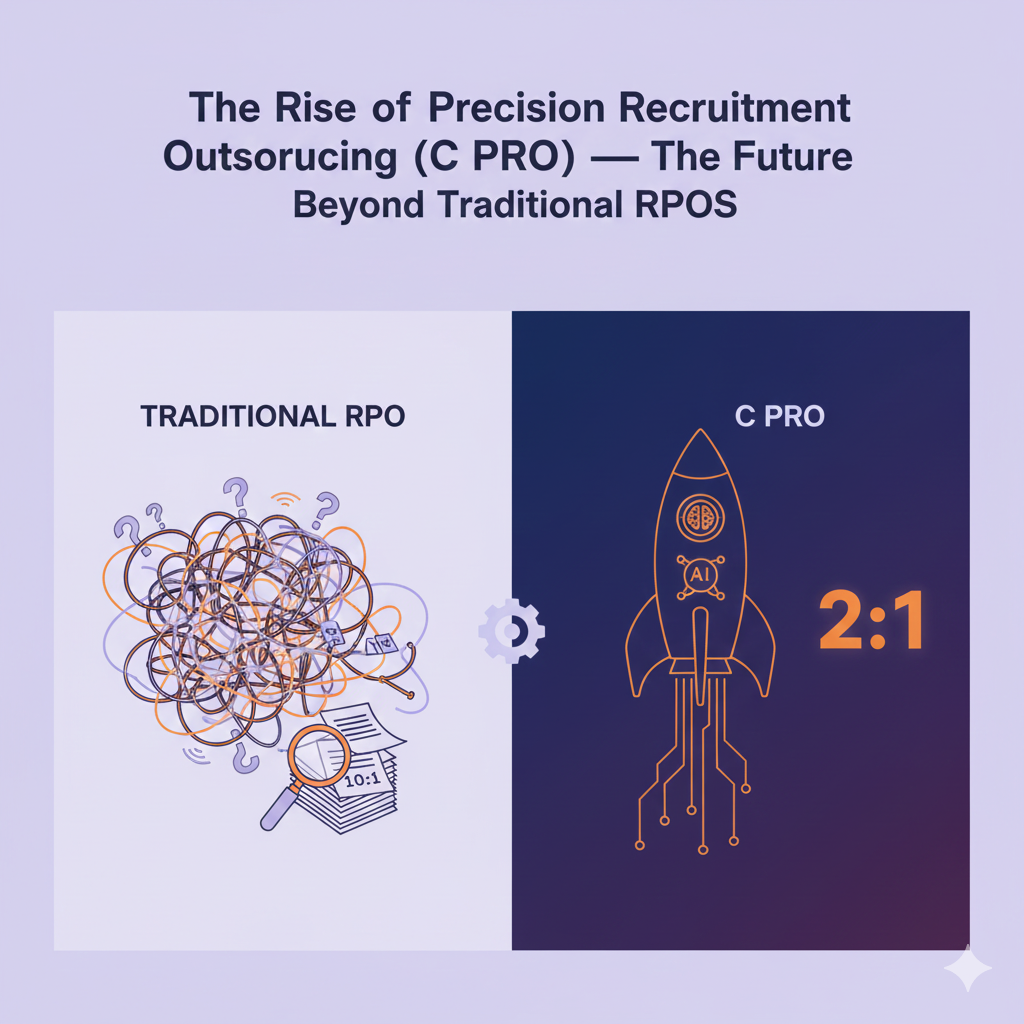Recruitment In A Millennial’s World

The recruitment landscape is rapidly changing. Old ways, which relied on phone calls for the large part have given way to messages, in-person meetings and even take-home projects as Matt Shealy rightly suggests. That though is only a part of it. If recruiters have to keep up with the rate of recruitment and a candidate-driven market, they will have to fall back on technology-based platforms.
Both hiring firms and talent-acquisition heads need to be cognizant to what Shealy has underscored. Millennials entering the job market are stirring the hiring pot. For one their priorities are different. They want benefits of growth, a work-life balance, better financial and retirement planning among other things. At the same time, we have entered a gig-economy. Essentially, unlike the previous gen, which stuck to their jobs like a marriage, the millennials view their jobs as gigs and don’t see themselves at any given workplace for more than three years. Plus, there is a widening gap between demand and supply. Talent is hard to come by for the sheer number of jobs in the market, and early retirements isn’t helping firms or recruiters.
Shealy has made recommendations to recruiters to adopt to be better placed to close the gap. These include streamlining the recruitment process in a way that will improve a candidate’s experience and impress on a candidate why one job prospect is better than another. This is important and really should be a no-brainer. Using Artificial Intelligence based tools such as ATS are also great options as they reduce the load on recruiters to find fitting job-seekers. Likewise, email automation with the option of personalising these enough to pass off as hand-written notes, can go a long way in remaining connected with candidates and improve their overall experience. His suggestion on improving online content, while could add to the overall image of a hiring firm in the medium to long run, may not translate to filling the recruitment gaps immediately and certainly not at the necessary scale. All of these are great options in general, but improve the chances of closure only incrementally.
Here’s where technology-driven, recruitment platforms come in. CBREX is one of the only such platforms in India and even across the world.
CBREX is built and run by a team of recruitment industry veterans with a combined experience of over 100 years.
CBREX’s machine learning algorithms dramatically reduce the time required to fill a requisition by routing it only to those firms most likely to fulfil. This combined with CBREX’s transparent process from on-boarding of bona fide firms, to setting up requisition screening criteria, to scoring submitted resumes for fit means that enterprises receive screened resumes at scale.
The fact that it has enabled talent acquisition heads quadruple their recruitment speaks to very tangible results. Moreover, it has grown exponentially during the pandemic when recruitment demands started going through the roof. This should be enough for recruiters to stop and explore newer ways of looking at hiring.








